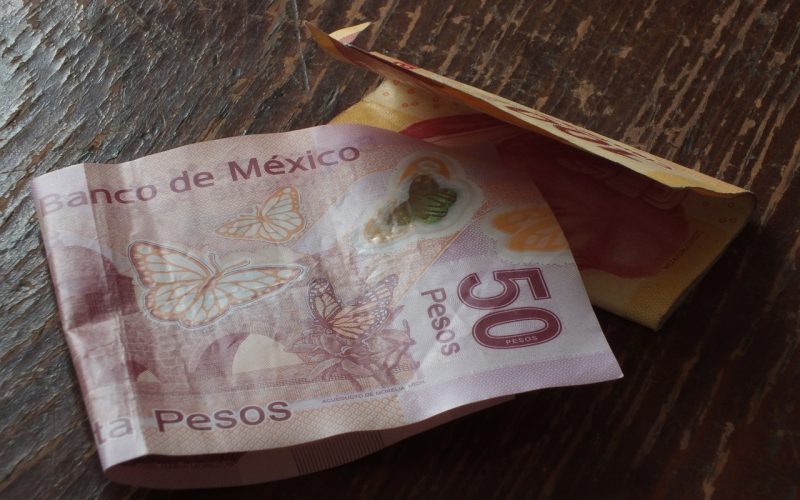Inflation has been making headlines across the globe, and its implications are far-reaching, affecting the everyday lives of individuals and the broader economy. While economists and policymakers grapple with the challenges of rising prices, it’s essential for the average person to understand how inflation can erode their hard-earned savings and investments.
The Hidden Erosion of Purchasing Power

Imagine you’ve stashed away $10,000 in a savings account or invested it in a diverse portfolio. Sounds like a smart financial move, right? But here’s where inflation comes into play. Inflation is the steady increase in the general price level of goods and services over time. When prices rise, the purchasing power of your money diminishes.
Let’s say the inflation rate is 3%. In just one year, the value of your $10,000 is effectively reduced by $300. This might not sound like much, but it adds up over time. In a decade, your $10,000 would only have the purchasing power equivalent to about $7,440 in today’s dollars.
The Battle for Returns
Investors, too, feel the pinch of inflation. Traditional investment vehicles like bonds or certificates of deposit may offer fixed interest rates, which can struggle to keep pace with inflation. If your investments aren’t outperforming the inflation rate, you could effectively be losing money in real terms.
Stock markets, on the other hand, can be a hedge against inflation, as they historically have provided returns that outpace inflation. However, they come with their own set of risks and can be subject to market volatility.
Strategies to Preserve Wealth
So, what can you do to safeguard your savings and investments against the relentless march of inflation? Here are some strategies to consider:
- Diversify Your Portfolio: Spread your investments across various asset classes, including stocks, bonds, real estate, and commodities. Diversification can help mitigate the impact of on your overall portfolio.
- Invest in Inflation-Protected Assets: Treasury-Protected Securities (TIPS) and-indexed bonds are designed to adjust with providing a more stable return in real terms.
- Stock Up on Stocks: Historically, stocks have provided a strong defense against. Consider including a healthy allocation of stocks in your investment portfolio.
- Reevaluate Your Savings Account: Traditional savings accounts typically offer minimal interest rates. Explore high-yield savings accounts or certificates of deposit with more competitive rates.
- Keep an Eye on Costs: High investment fees can eat into your returns. Opt for low-cost index funds or exchange-traded funds (ETFs) to maximize your earnings.
- Regularly Review and Adjust: Inflation rates can fluctuate, so it’s crucial to periodically review your financial strategy and make necessary adjustments.
- Consider Professional Advice: Consult with a financial advisor who can help tailor a strategy that aligns with your financial goals and risk tolerance.
Inflation is a persistent economic force, and its impact on your savings and investments should not be underestimated. By staying informed and implementing sound financial strategies, you can better weather the storm of rising prices and preserve your financial well-being.












